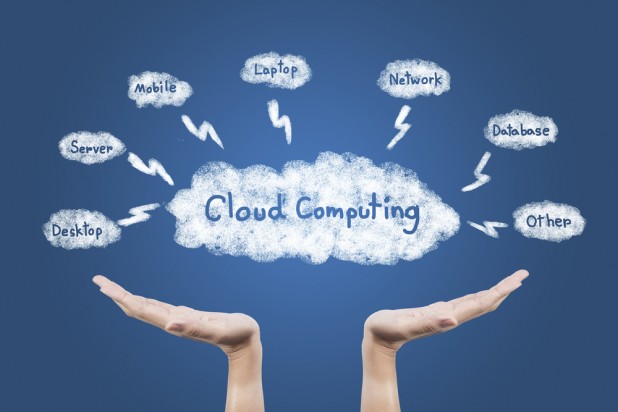
My, how times have changed. When I first began working on computers, CP/M was the rage and PC-DOS was in existence but widely unknown. I had to broker a deal with my math teacher in high school (thanks Pat Boldt) in order gain access to the TRS-80 computers so that I could create a variation of “Asteroids” and eliminate my $0.25-per-game habit. Now, after decades of dominance by Microsoft and Windows, the venerable operating system appears to be moving with all due speed toward the cloud. If you’ve experimented at all with Amazon’s Web Services, you may well have been amazed at the range of services offered, whether the execution cycles, message queuing, orchestration or cloud storage. These services remind me of a next-generation operating system: a variety of offerings that, when aggregated together, surface unique value. All good operating systems handle mundane tasks like storage and memory. As you go “up the stack” you also get goodies such as threading and graphical support. But how much of that is really necessary when creating or running apps? Don’t we as developers (or couch developers like me) expect memory and basic OS functions to “just work,” without needing to tinker under the hood? Enter the new world of the cloud operating system. While that term has been thrown around quite a bit, the operating system of the 21st century won’t feature the same bits and pieces we dealt with back the prehistoric (Comdex anyone?) era. Cloud applications already bypass the drudgery of memory leaks and compiles, focusing instead on creating value that scales like a fish, grows like a weed and is as silent as a submarine in its operation—at least most of the time. Currently, my company is tracking no less than 15-20 firms that allow just about anyone to create a cloud app and place it into operation on
someone’s cloud. Think Salesforce.com, for example, where a browser-based IDE is a tool of choice for application development. Nor do I mean mobile device application development. What has been so good for cloud has resulted in the resurgence of C/C+ on the mobile front. Why? Well, it turns out all those pesky abstraction layers consume precious memory and compute cycles. What is good for cloud turns out to be bloated and bad for mobile. Perhaps that will change as we see handsets that become more and more powerful–but that could take some time. Meanwhile, what happens to the traditional operating system? Well, just as life imitates art, I believe it totally plausible that next-generation operating systems will include cloud-development options that look a lot like what Amazon, Rackspace and Azure offer today: abstract services, clear in their value and simple in their consumption for developers. And why not? There will always be the option to go deep into code; but as it becomes simpler to weave cloud components together, I think we’ll see a lot more creativity and flexibility in uses of the cloud.
JD Marymee is the CEO and co-founder of Technology Innovations Group, an organization that drives disruptive innovation as a daily mission. As part of that mission, he advises clients such as Microsoft and Hitachi as well as numerous startups, facilitating connections with the investment community. Image: Bangkokhappiness/Shutterstock.com

